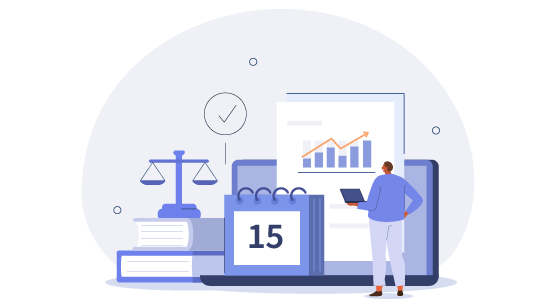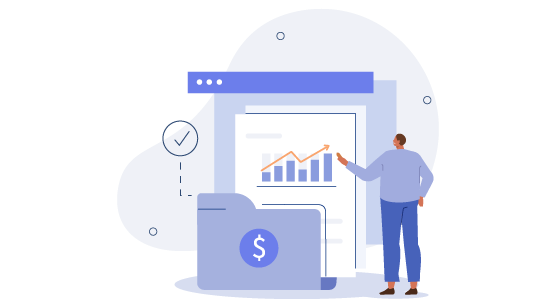SIP Trunking vs VoIP: What’s the Difference?
SIP and VoIP are two acronyms often used by call center managers...
When a customer waits on hold, expensive telco costs add up quickly. Call-backs can help!

When customers wait on hold, time isn’t the only thing wasted. That call may also tie up a costly PSTN line while your customer waits for an agent to answer their call. Don’t forget that the meter is ticking while your customer interacts with an IVR as well as when they wait in the queue. If they dialed a toll-free or a long-distance number, you’re paying a premium rate the entire time. It’s a lose-lose situation.
Fonolo Call-Backs reduce the high telco costs associated with hold time by replacing expensive inbound connections with a different, very low-cost connection for the duration of the queue time. Call-backs also eliminate the need to keep lines open for holding customers – freeing up lines means cutting down on trunk costs. Win-win!


Telco costs are not the biggest expense in a contact center, but it’s important to extract the maximum ROI from all your tools and technology. It’s also important that your costs don’t increase unnecessarily; they could if you are exposed to market rates on PSTN or toll-free lines. Introducing call-backs saves you money by replacing expensive telephony time with a lower-cost connection, and freeing up lines. It’s just good business!
SIP and VoIP are two acronyms often used by call center managers...
The on-going contact center conversion to SIP trunking technology has been an...
Call center leaders have their work cut out for them. From training...
How much does a customer interaction cost your call center? We explain...
Need cost-cutting alternatives for your call center? We cover everything from new...
Are high call volumes getting the best of your call center? No...
This blog is for contact center industry newbies. It’s a quick rundown...
This is the third post in our series on the ROI of...
Most people don’t associate call center technology with innovation or excitement. For...
Select the type of demo you'd like.